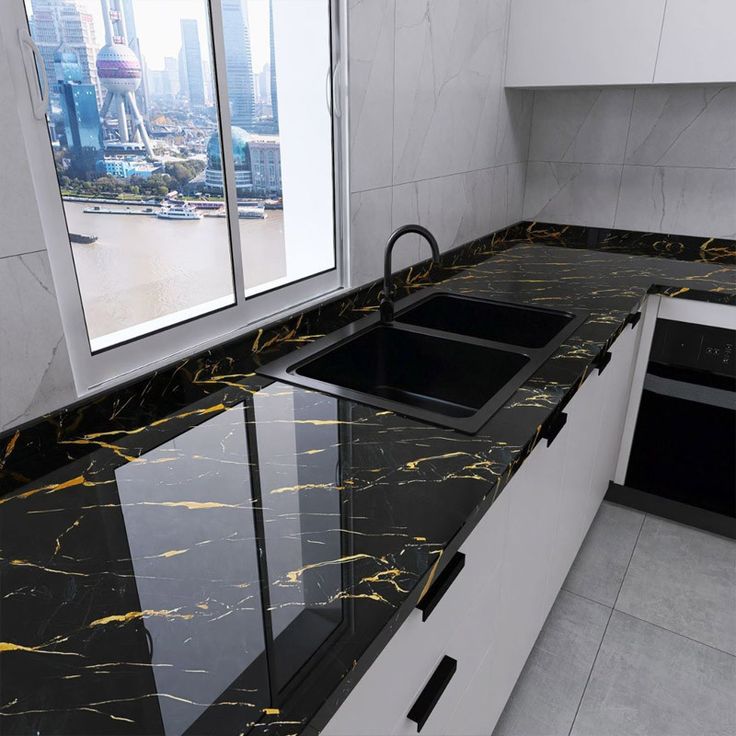The pros and cons of Limestone tile. The following guide intends to provide you with a better idea of the limestone floor pros & cons, pricing and durability before you make your decision as to what’s right for you.
What is Limestone Flooring?
Limestone is a type of stone that is quarried from the ground. This type of stone comes in many different colours and textures used for interior or exterior applications.
Cleaning of Limestone
Limestone can be very easy to maintain because it does not absorb stains easily. However, it can scratch easily if you do not take care when cleaning the floor.
You should always use a soft brush when vacuuming the floor and avoid using harsh chemicals on the surface. You should avoid using any abrasive cleaners or pads that may scratch or damage the surface of your limestone floors.
Limestone Flooring Pros
- Durable:
The rock-like surface of limestone makes it an extremely durable material for any type of flooring application.
- Low Maintenance:
Limestone floors can be installed over concrete subfloors or directly on top of concrete slabs without needing a wood subfloor or underlayment. This makes them easier to install and maintain as compared to other types of stone like slate or granite, which require more work to install correctly.
- Easy Installation:
Limestone is a fairly easy material to install because it has minimal joints between pieces and is generally flat, making it easier to cut with a saw or other cutting tool than other types of stones, such as slate or granite, which have grooves in them that make them more difficult to cut straight or evenly across multiple pieces at once.
- Affordable:
Limestone is one of the most affordable types of stone floors available on the market today due to its popularity among homeowners looking for an affordable alternative.
- Environmentally Friendly
Limestone is mined from natural deposits, so it’s not a man-made material like concrete or ceramic tile. Because it doesn’t require any chemicals or other unnatural substances to come together, limestone is considered an environmentally friendly product.
- Aesthetics
Limestone can be used in any room in your home because it comes in so many different colours and patterns. From rustic to modern designs, there’s something for everyone when it comes to limestone tiles.
Limestone Flooring Cons
- Expensive Than Wood
Limestone floor tiles are expensive (more so than wood), so you’ll have to budget carefully if you choose this option. Limestone is also difficult to work with because it must be cut with diamond saws rather than regular saws; this makes installation more expensive as well as time-consuming due to the need for skilled workers who can handle these specialised tools properly.
- Lack of Colour Variety
Limestone is available in many different colours, such as white, grey, brown and black. However, there are only a few manufacturers that produce this type of flooring with different colours so there may not be much variety available when you look for it at your local store. Some manufacturers also offer limited colour options for specific sizes of slabs which can make it harder to find exactly what you want if you need more than one piece.
- Difficulty in Finishing the Floor
Limestone can be difficult to finish properly because it has a rough surface that needs to be smoothed out before applying any kind of sealer or polish on top of it. If you’re not careful when finishing your limestone floors, then they could end up looking very dull and lifeless instead of being bright and shiny like they should be!
- Staining and Discolouration
Limestone is a porous material and can absorb liquids, making it susceptible to staining and discolouration over time. If you spill something on your limestone floor, you need to clean it immediately before the stain sets in. Once there is a stain, it will be difficult (if not impossible) to remove it completely by cleaning alone.
- Extreme Temperature Intolerance
Because of its porosity, limestone can also crack if exposed to drastic changes in temperature or humidity levels within your home. This can happen during the winter months when your house becomes colder than outside temperatures due to low heating bills or during summer months when your house becomes hotter than outside temperatures due to high cooling costs.
- Slippery
Limestone floors can become slippery when wet because water seeps into the cracks between tiles or stones and makes them slippery when wet or damp. This isn’t usually an issue if you have just one or two tiles wet from cleaning or spills. Still, if you have a larger area affected by water damage, then it could become unsafe for walking on until the water dries out completely and all traces of moisture are removed from it.
In conclusion, after reading this blog, you’ll better understand whether limestone tile is better for your home or place or not.
FAQ’s
What are the disadvantages of limestone flooring?
Limestone is a porous natural stone, making its tiles more prone to chipping compared to other natural stones, especially in high-traffic areas. Therefore, limestone flooring is not ideal for hallways and commercial kitchens.
Is limestone good for flooring?
Limestone, like most natural stone, is incredibly durable. It can withstand heavy traffic without wearing down, yet it maintains a relatively soft feel underfoot.
Which is better: limestone or marble?
Marble is generally considered slightly more durable than limestone due to being less porous and harder. While both stones are composed of calcite, marble is a metamorphic rock, and limestone is sedimentary, giving the marble a slight edge in hardness.
Is limestone flooring easy to clean?
Limestone floors offer a hardwearing surface that is easy to maintain. However, it is crucial to use the appropriate cleaning and maintenance products and methods to ensure the longevity and appearance of limestone tiles.






